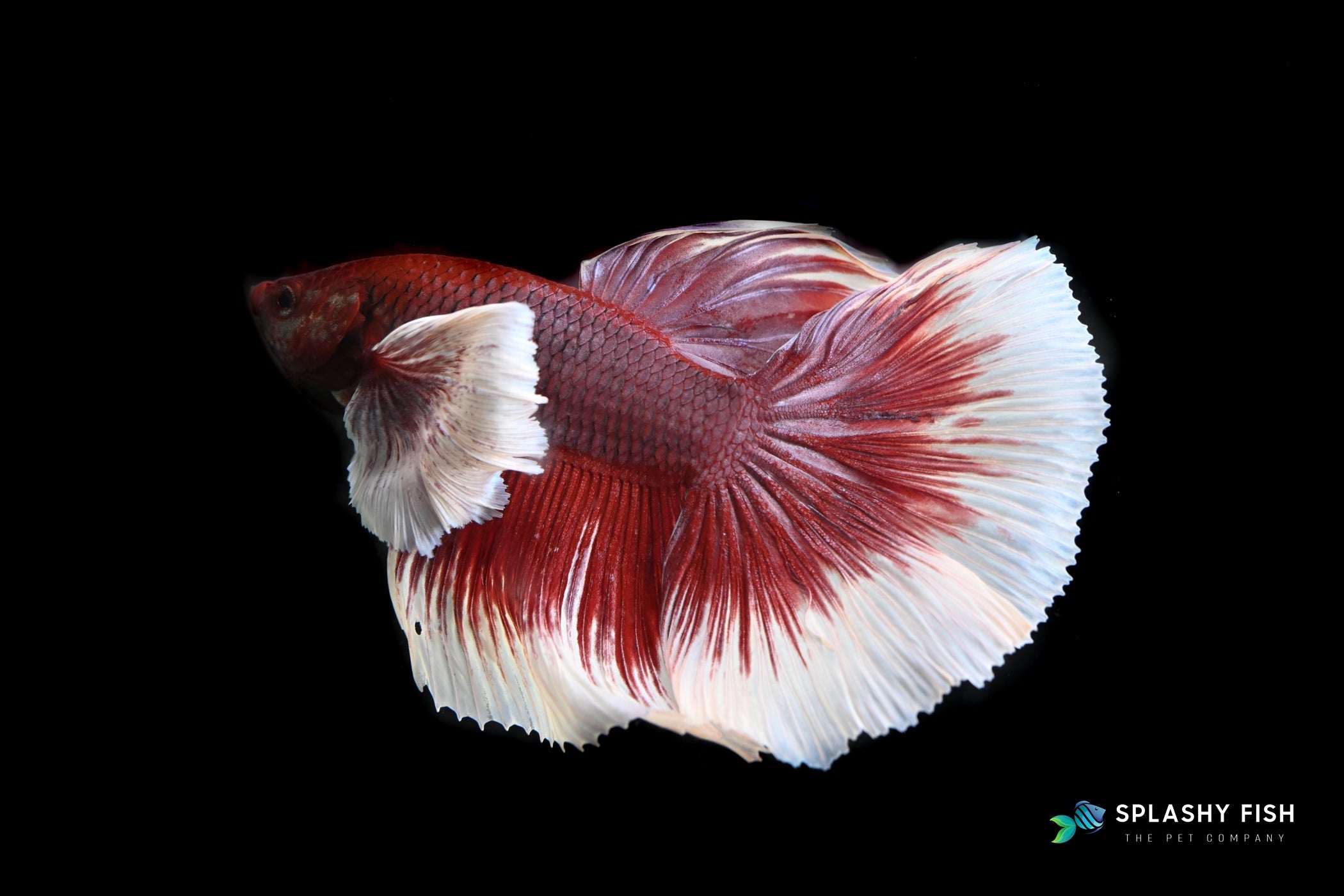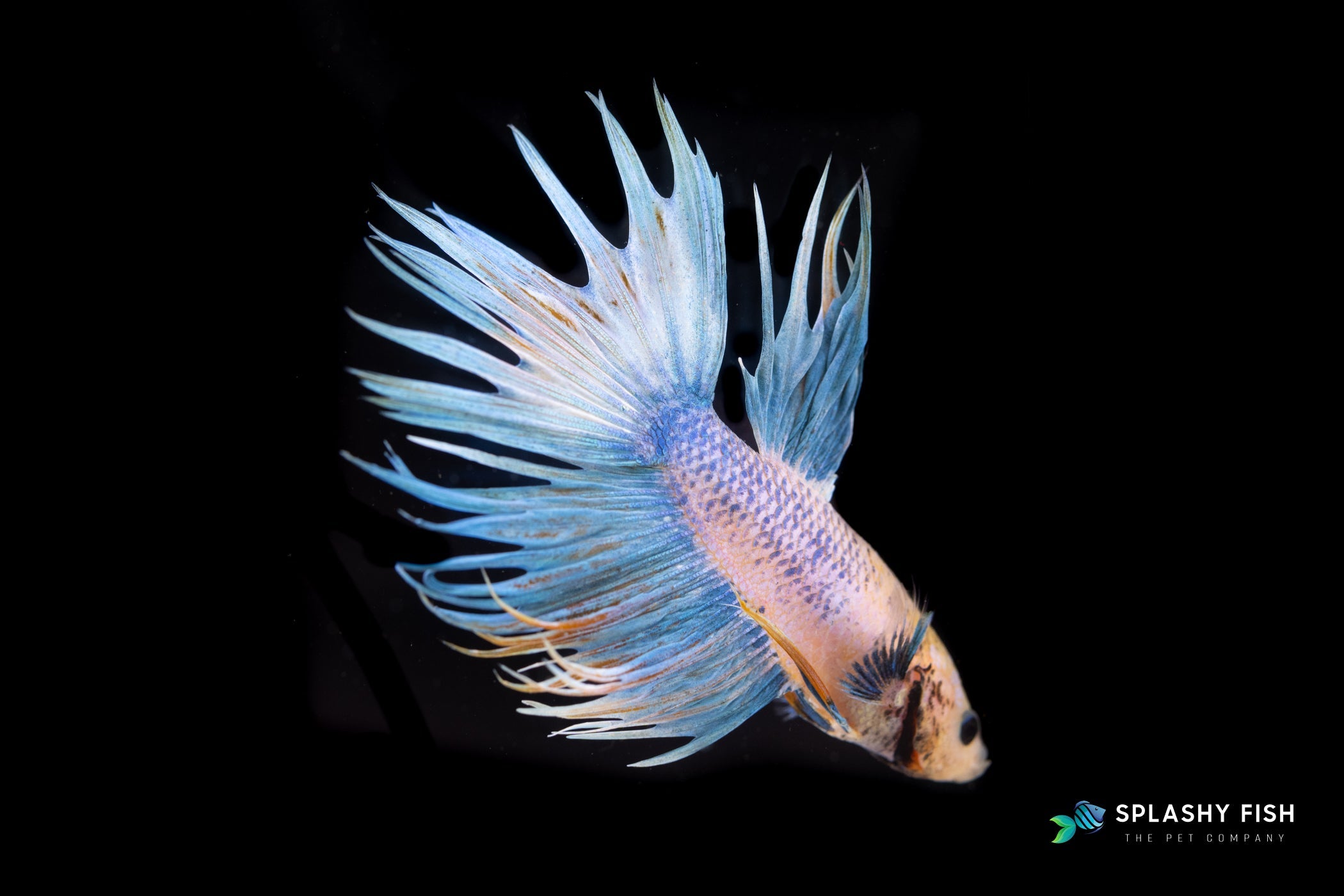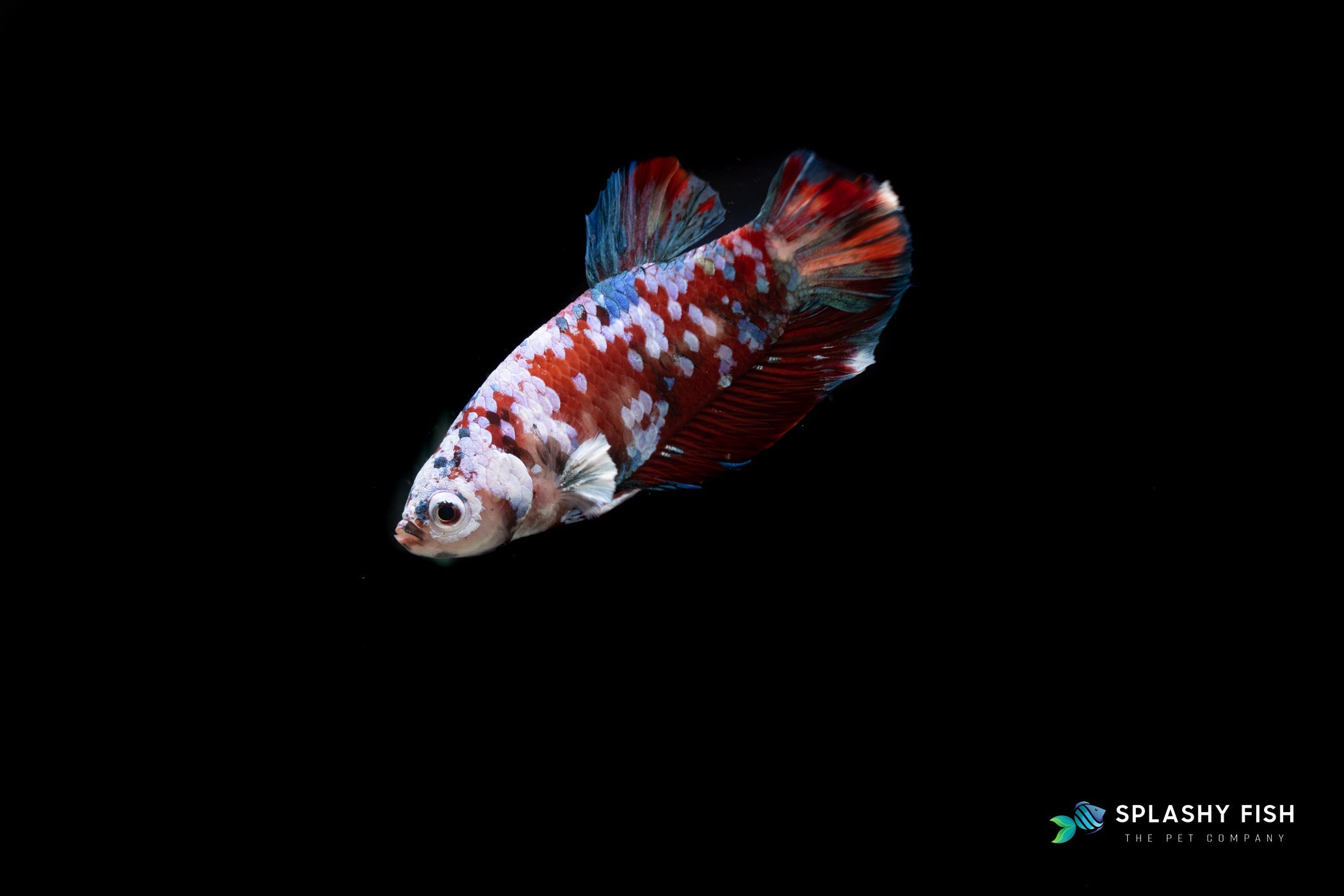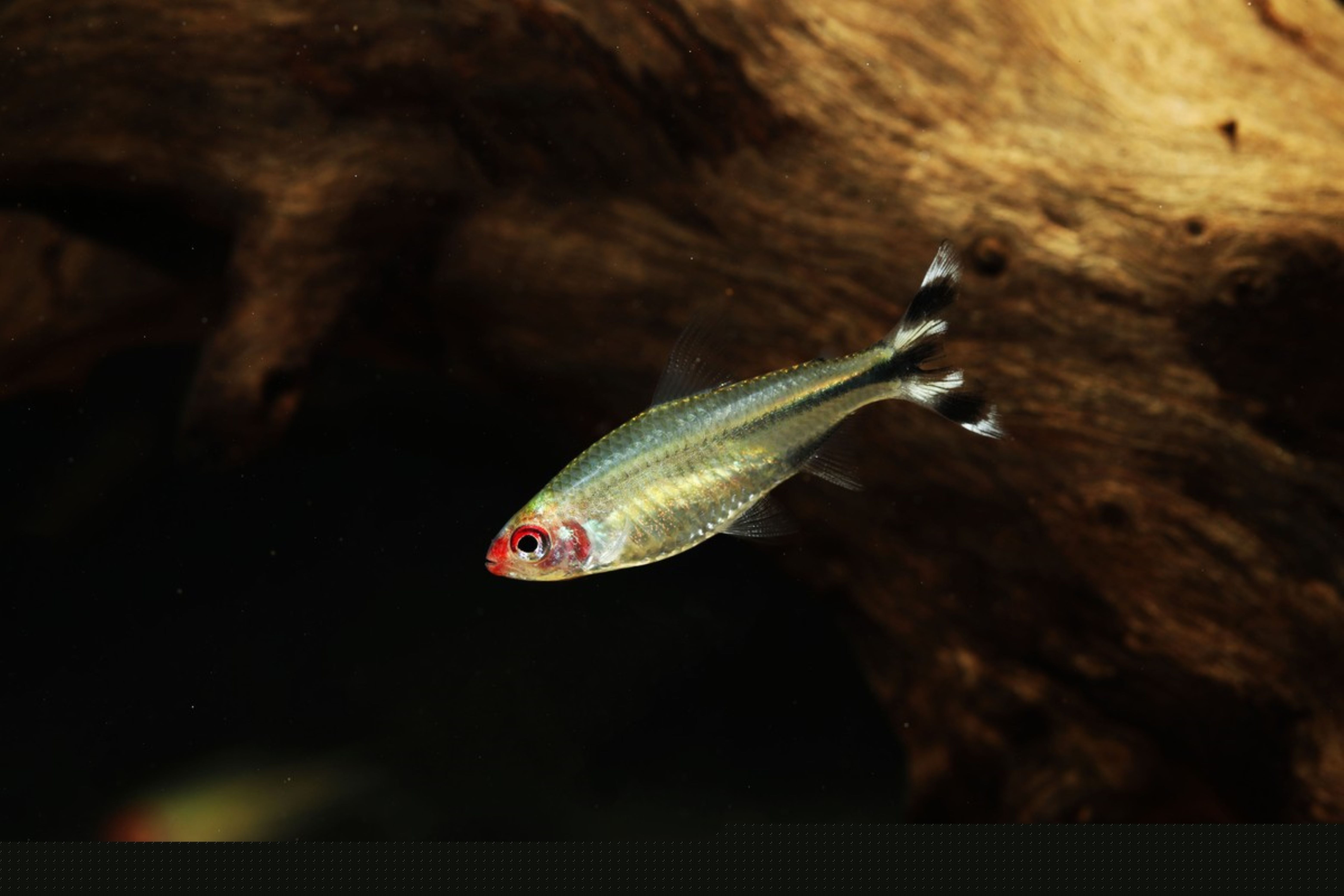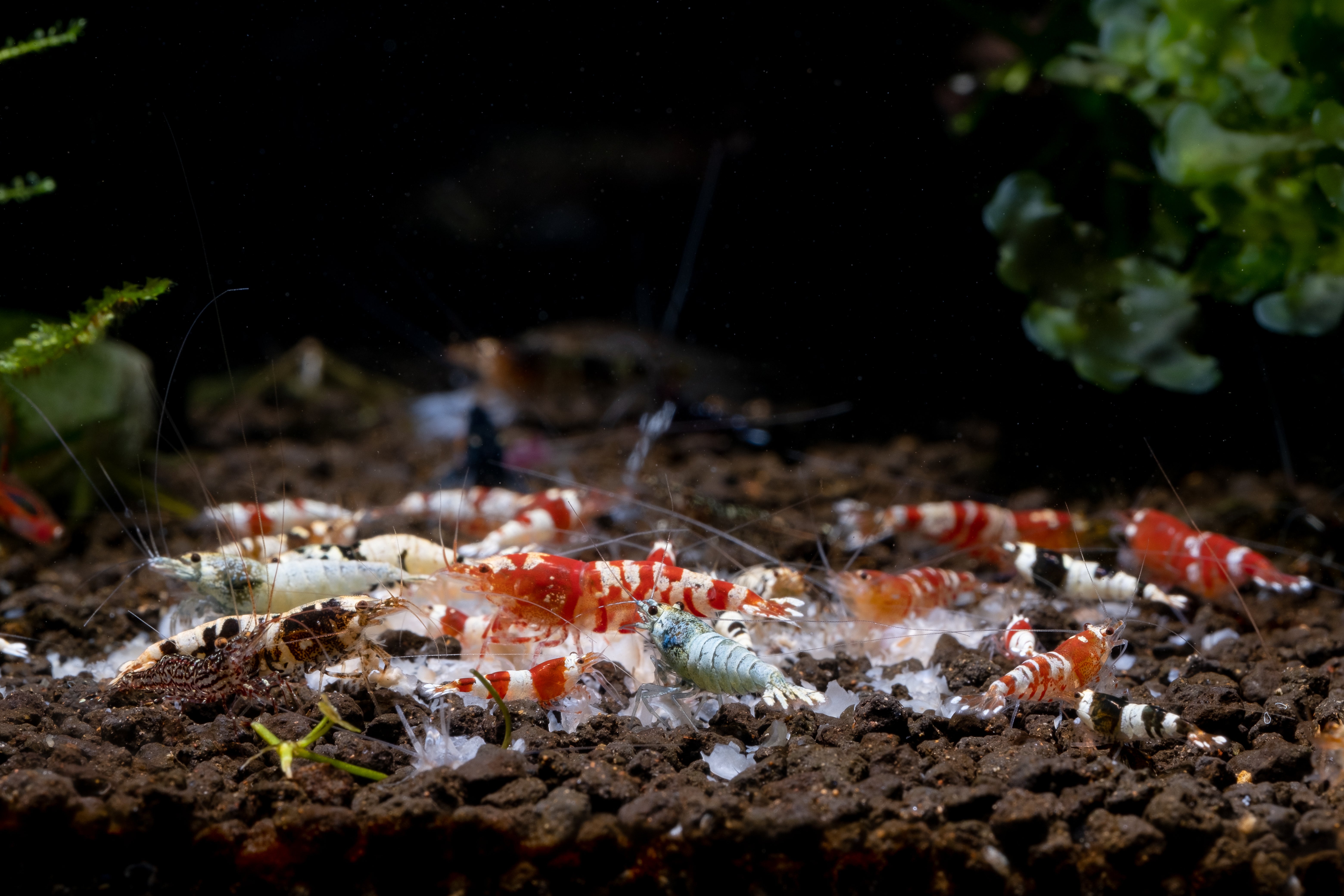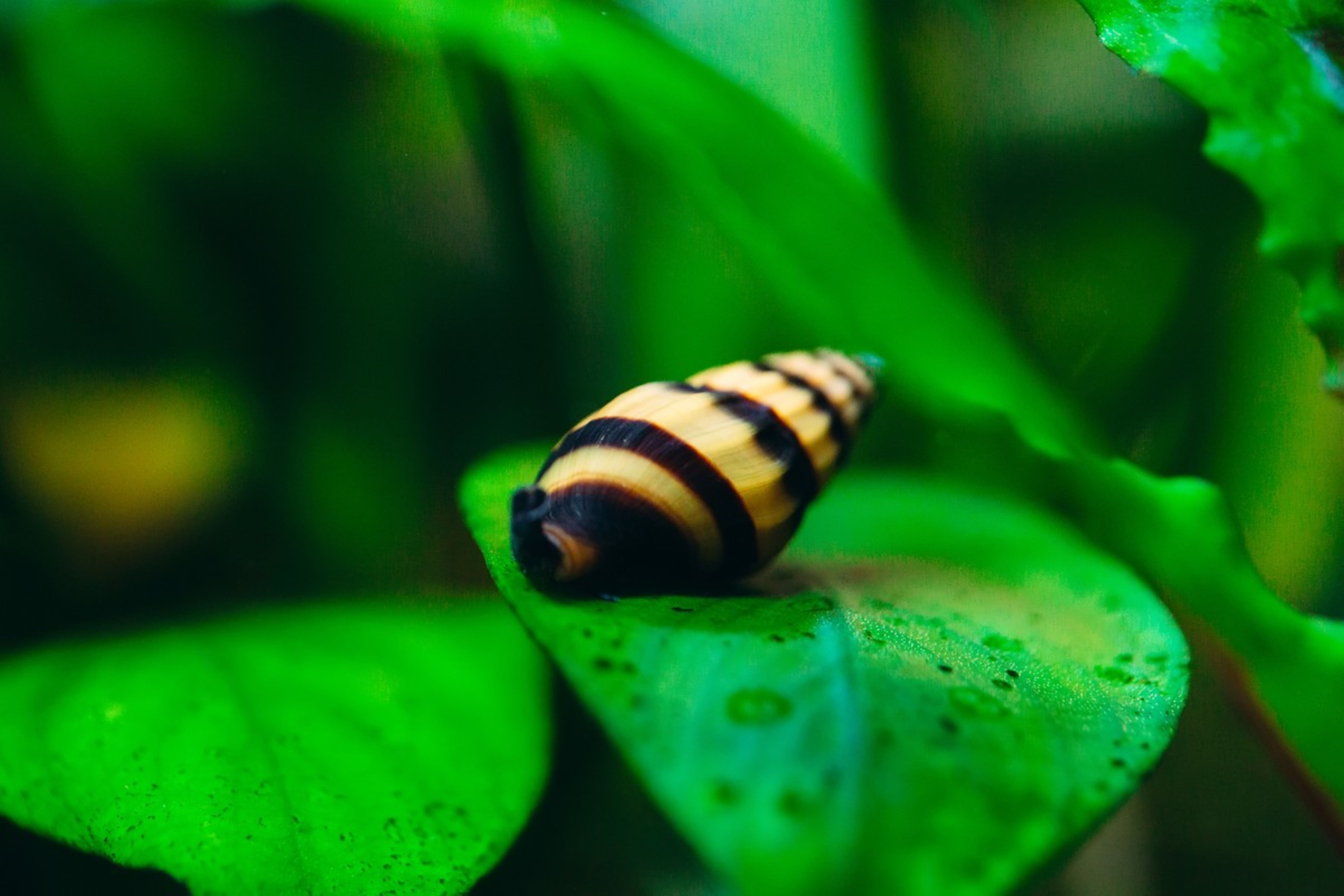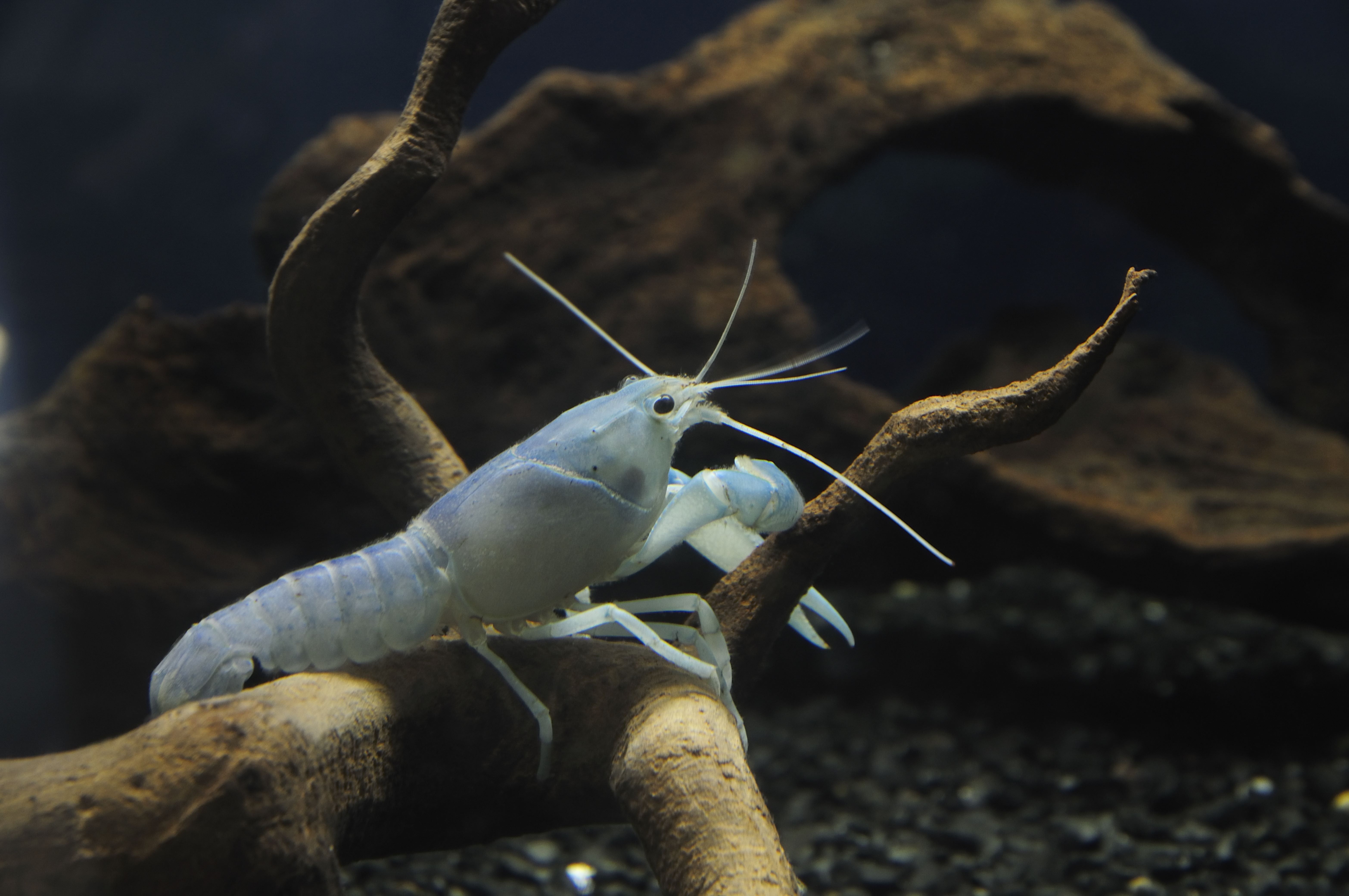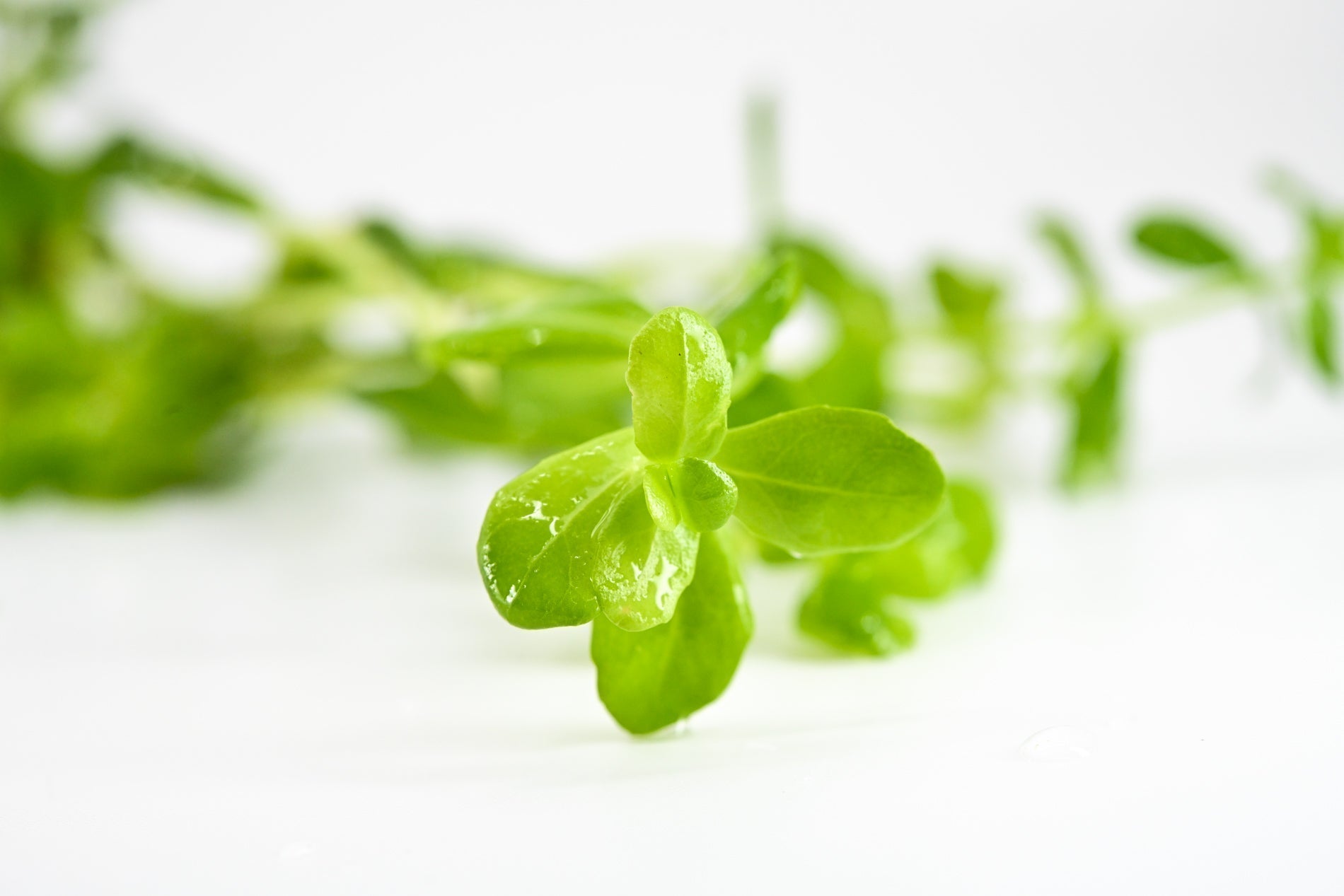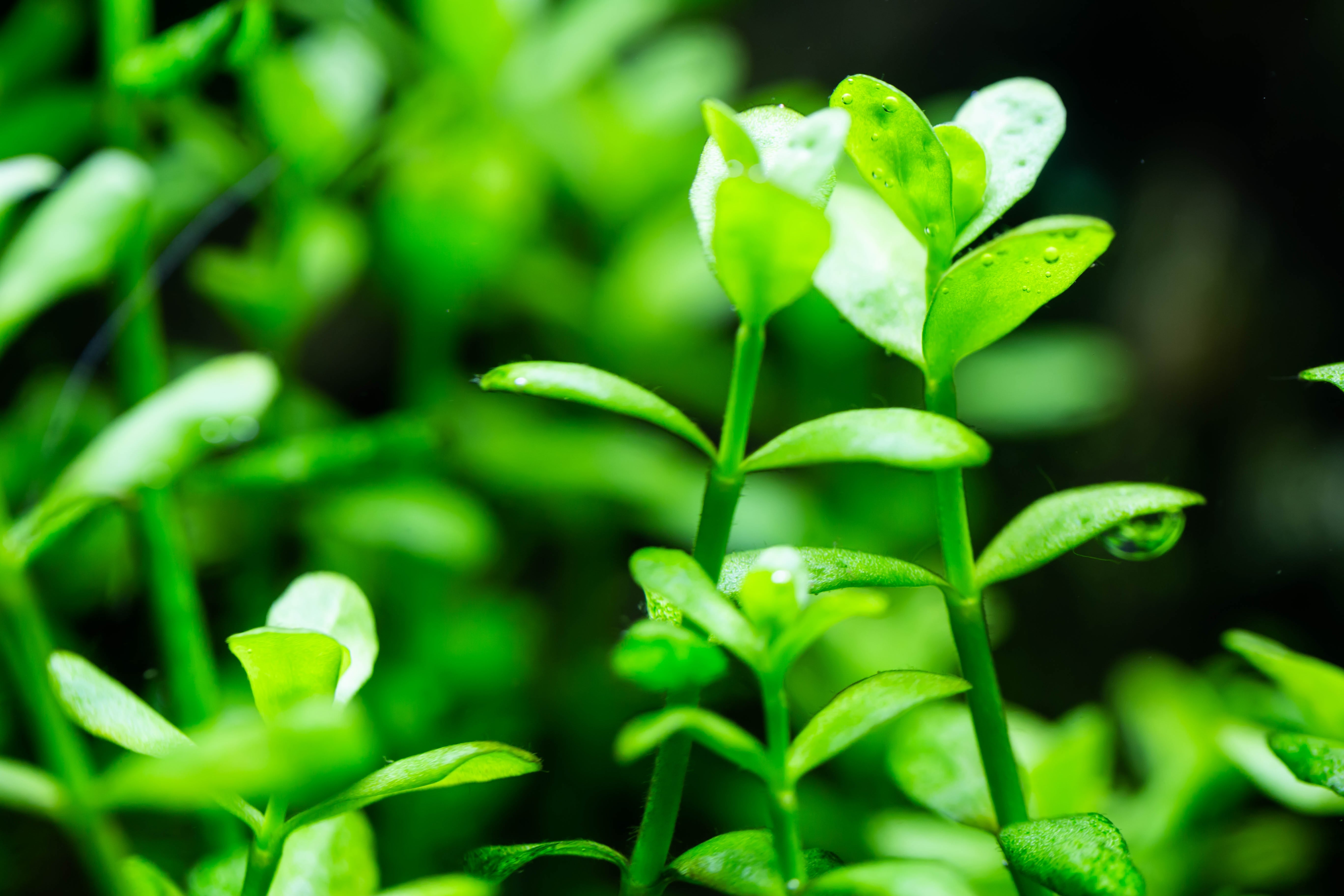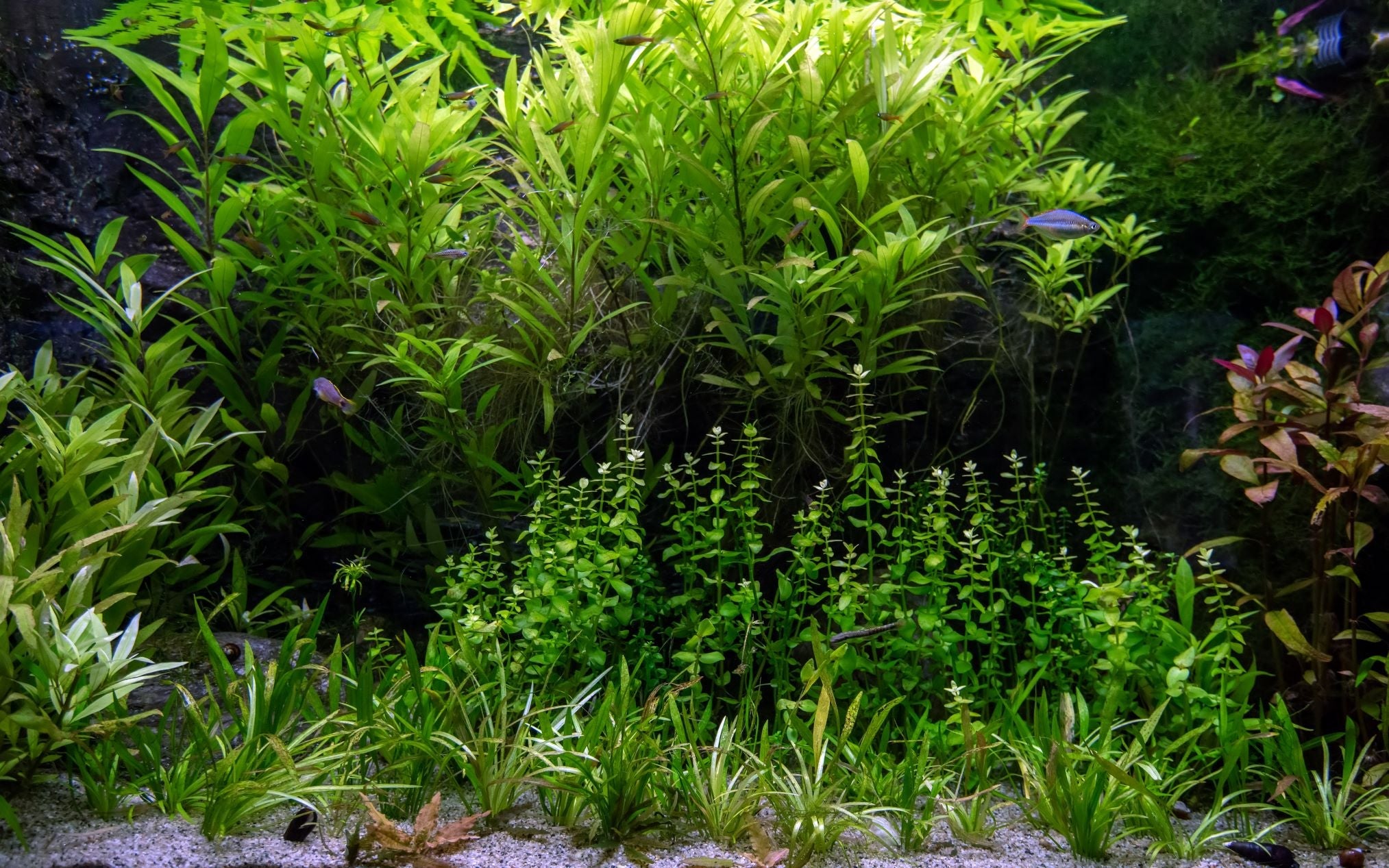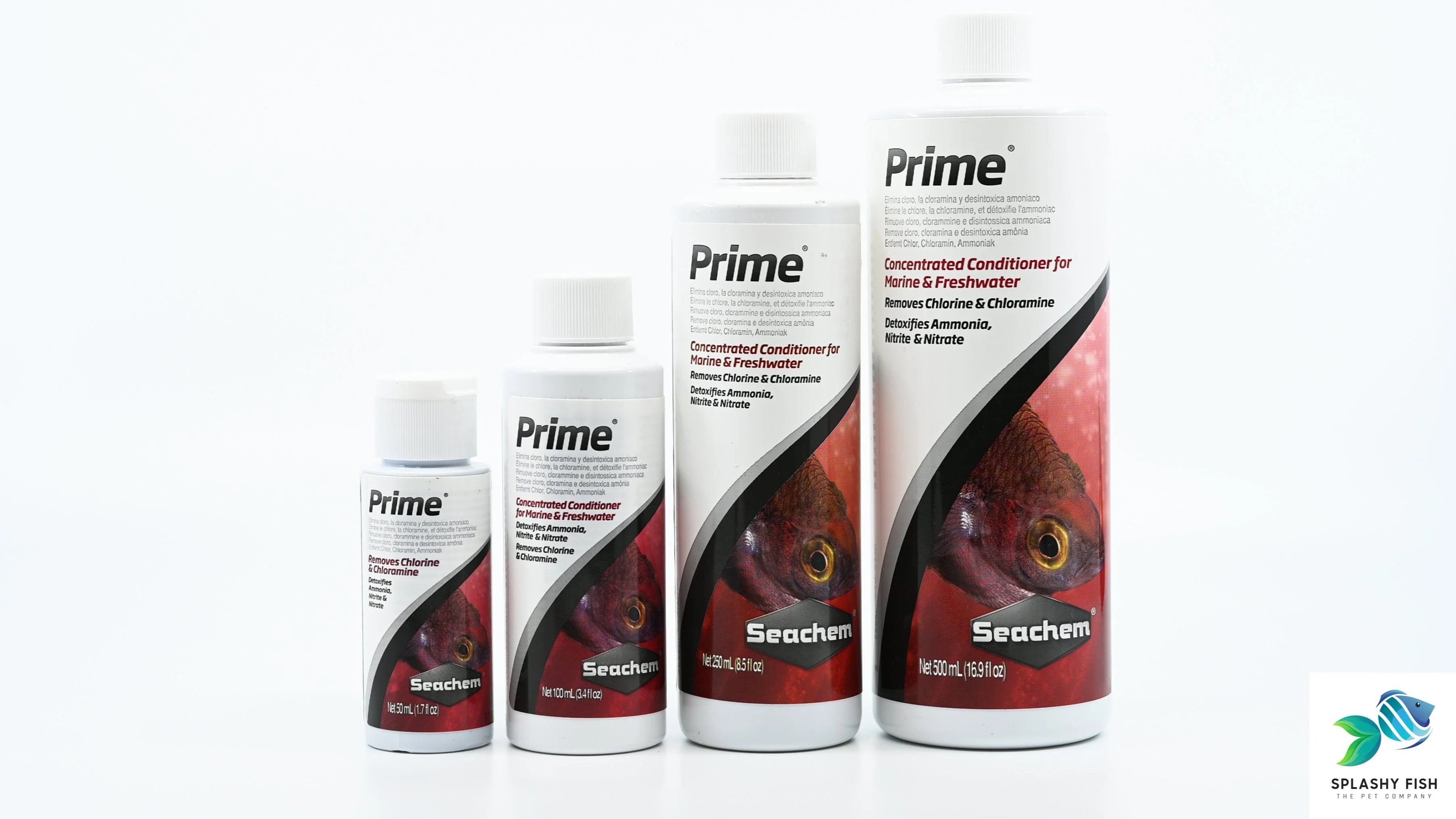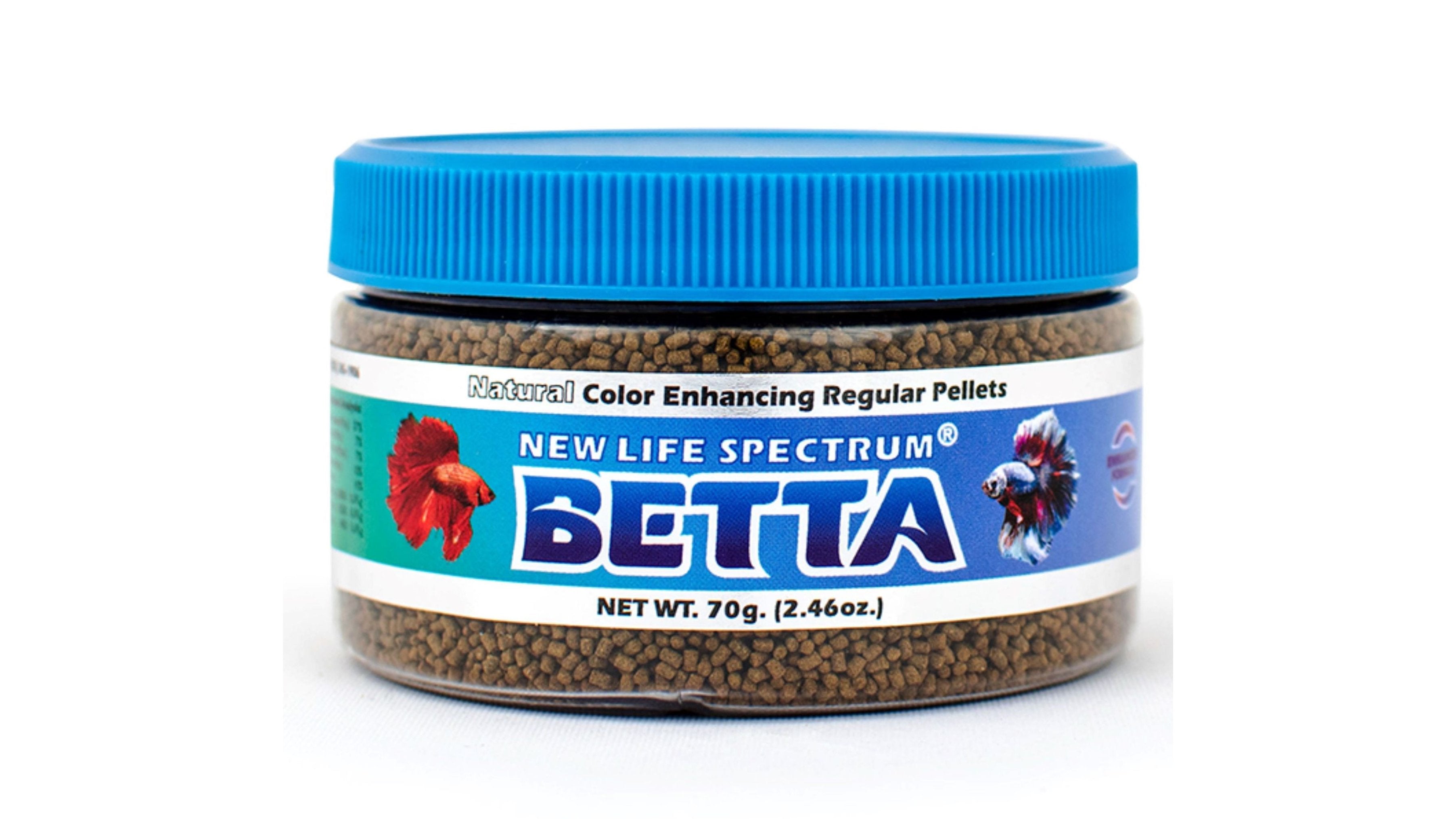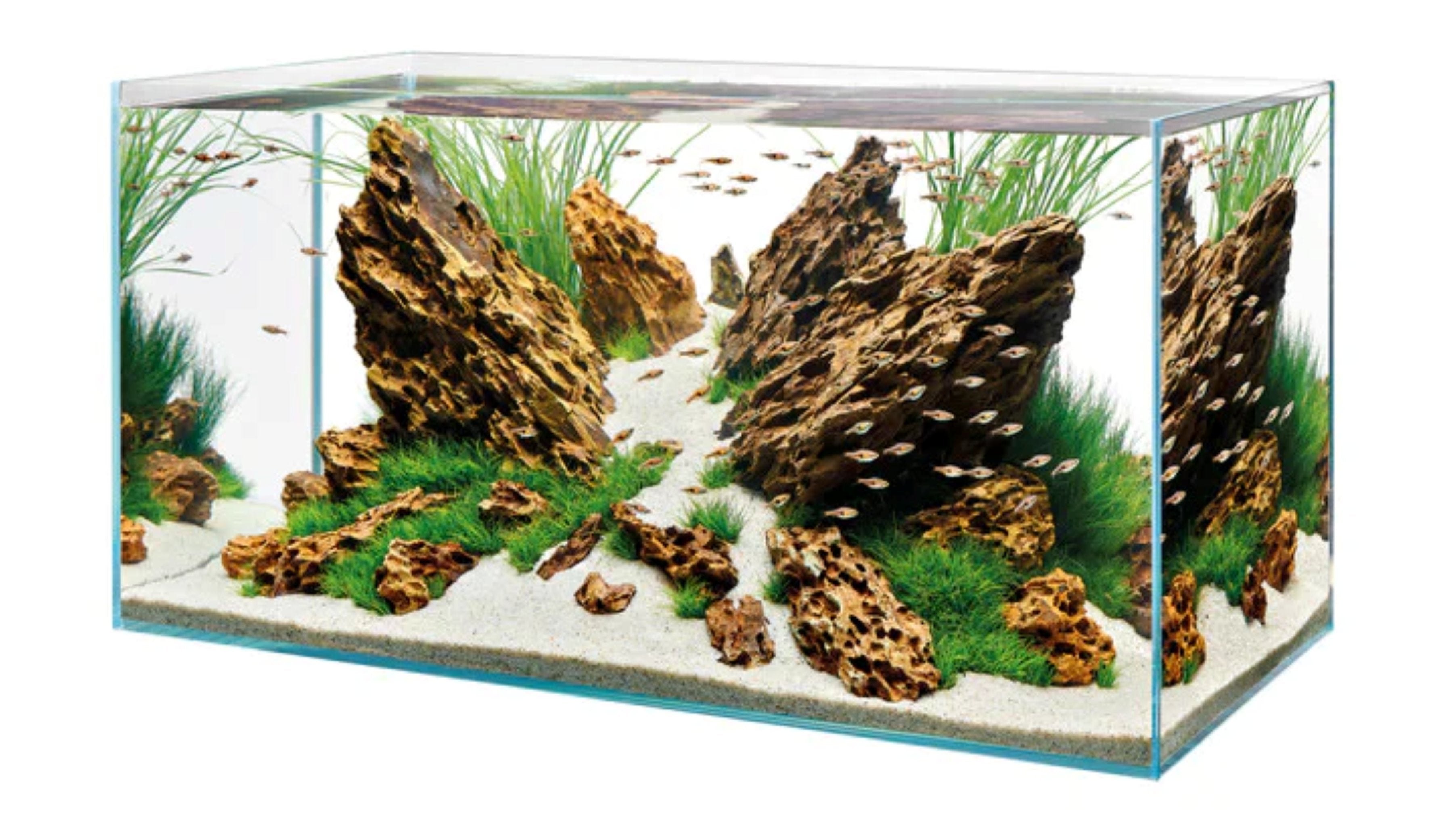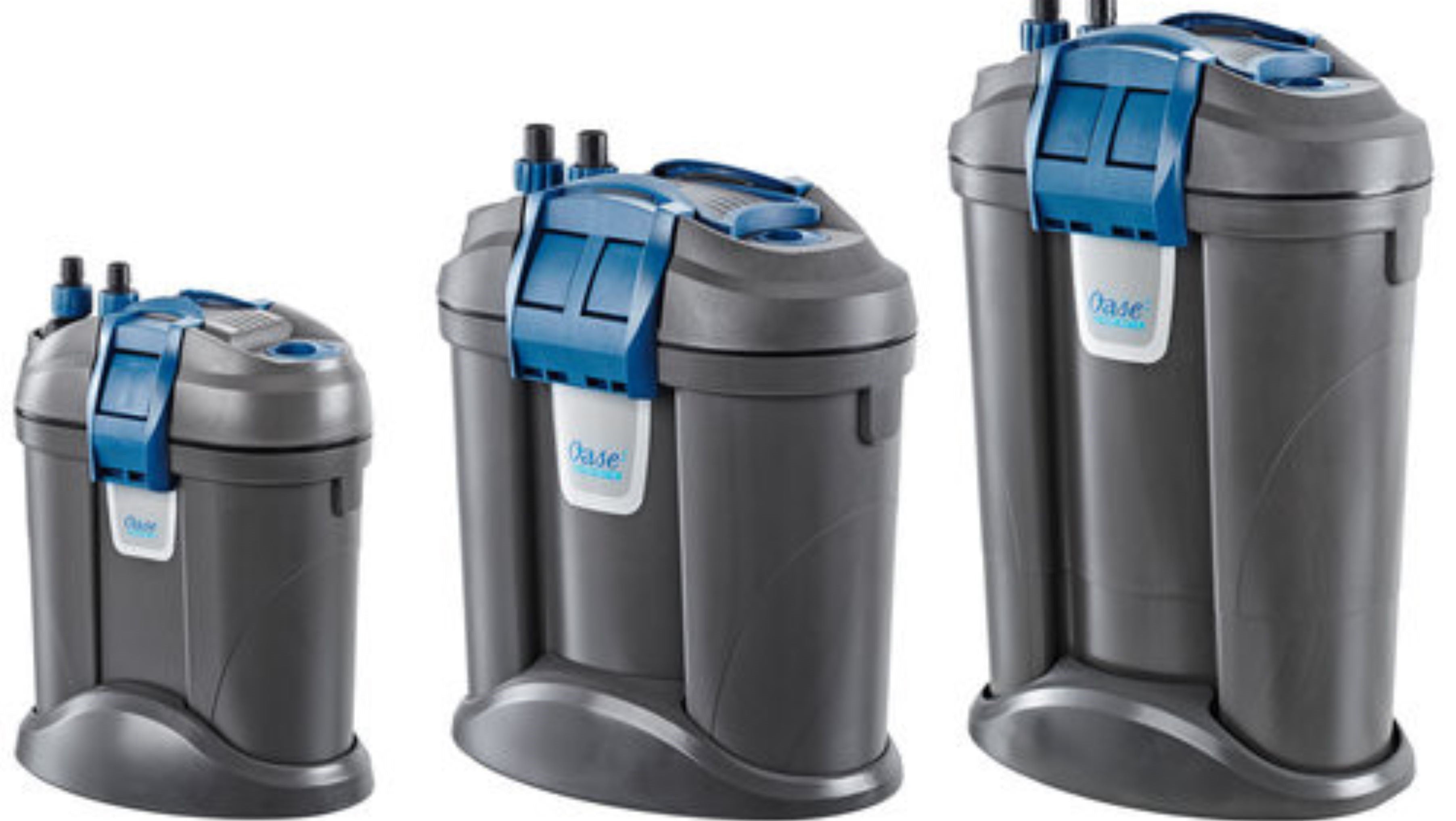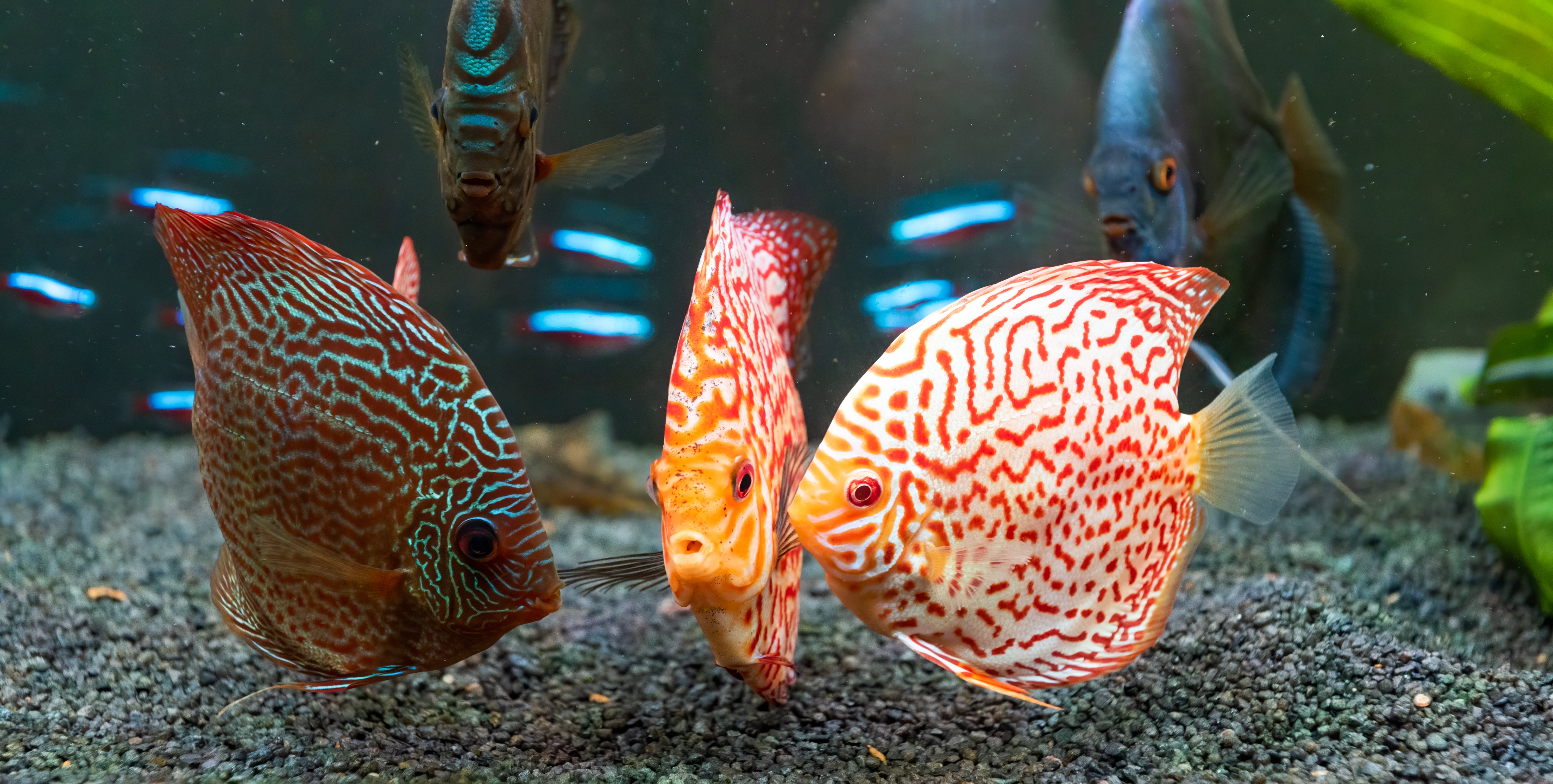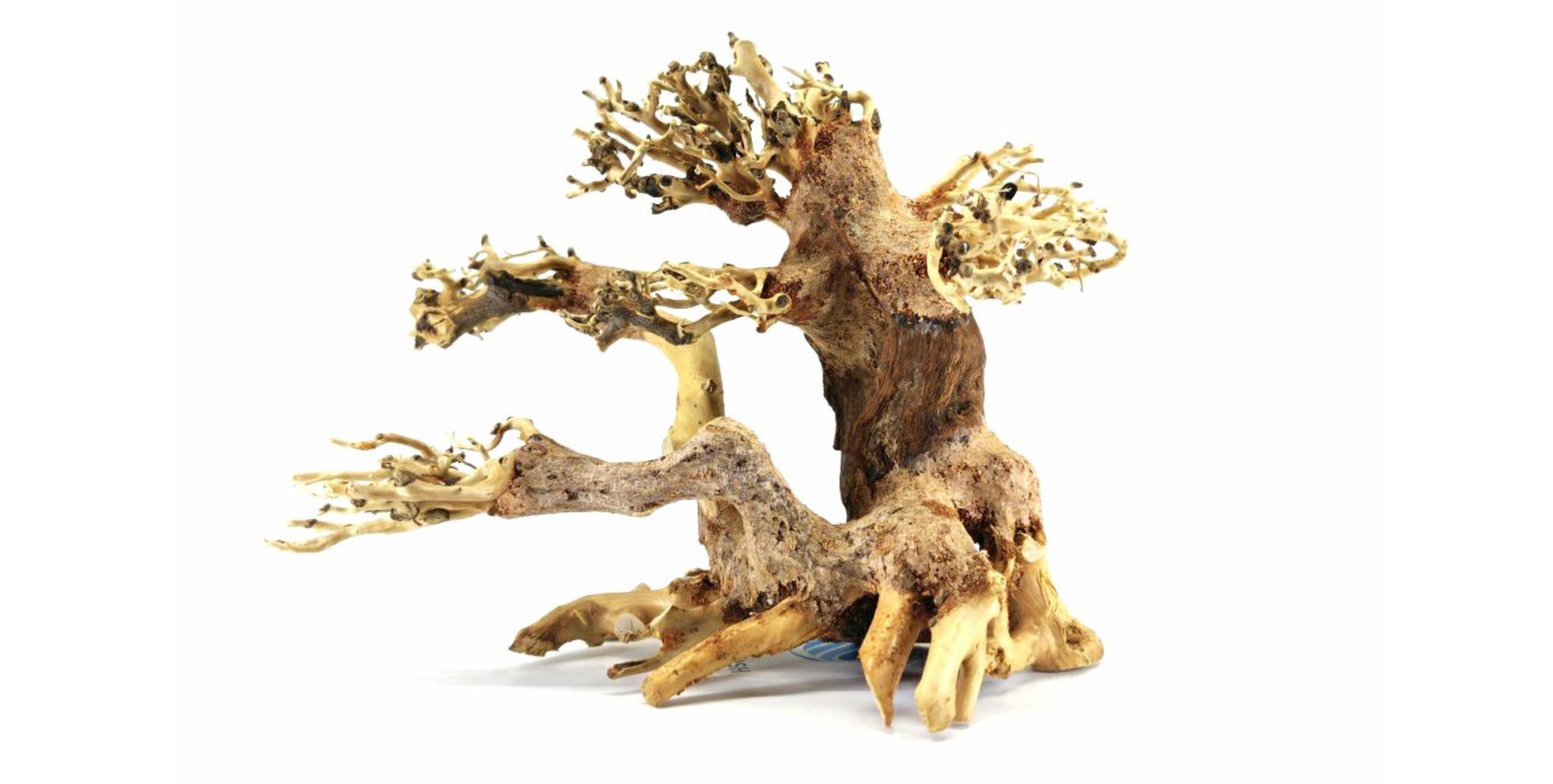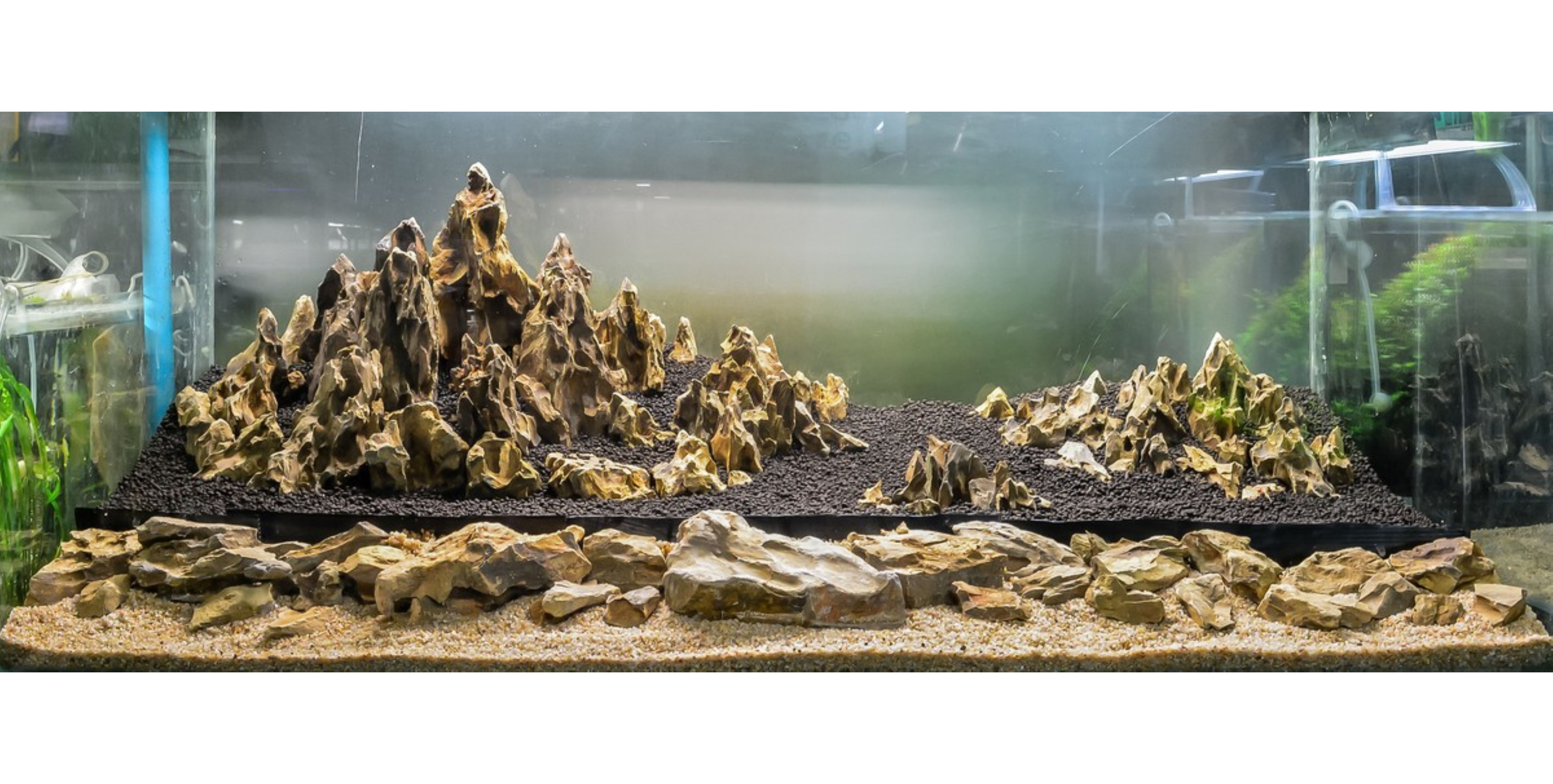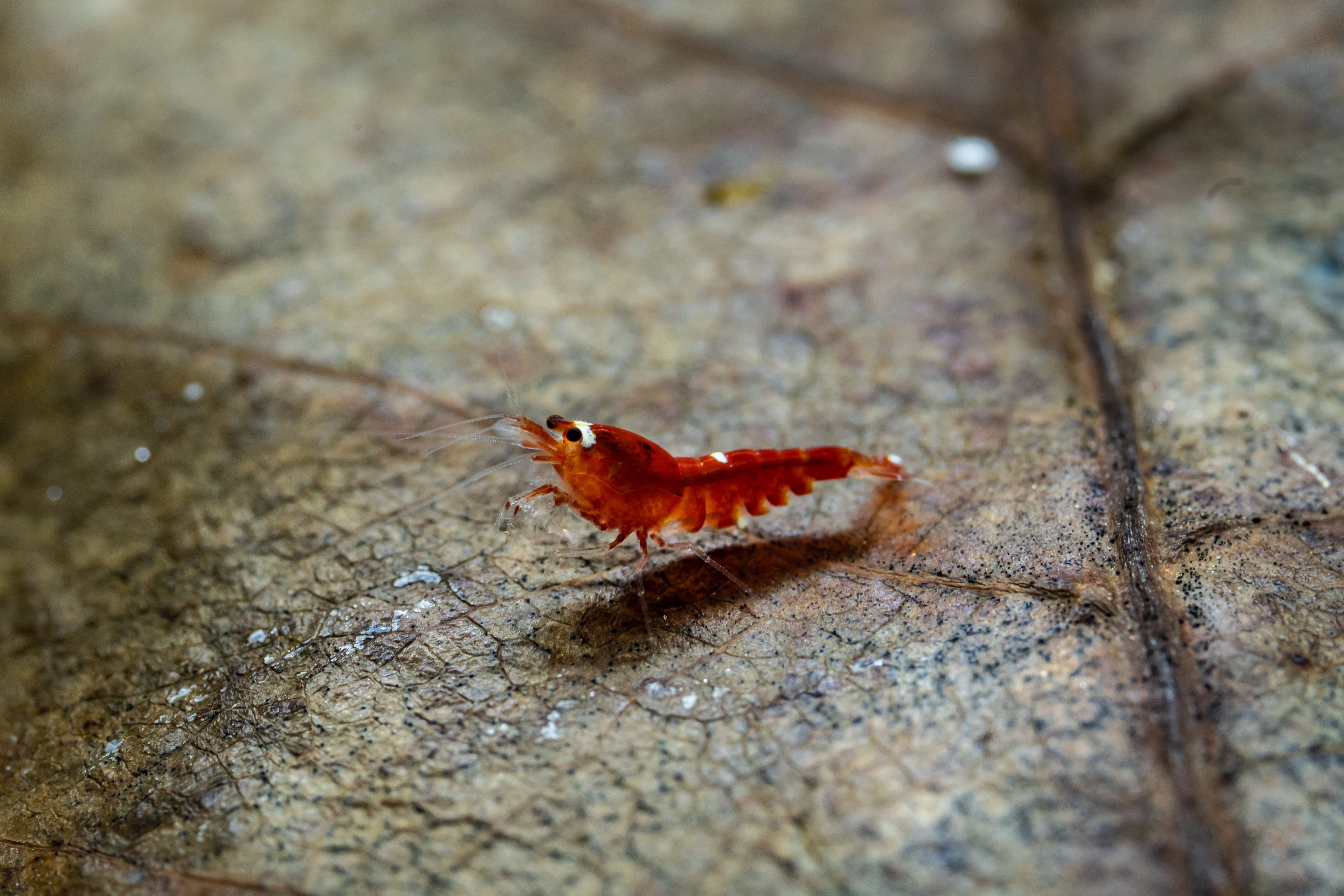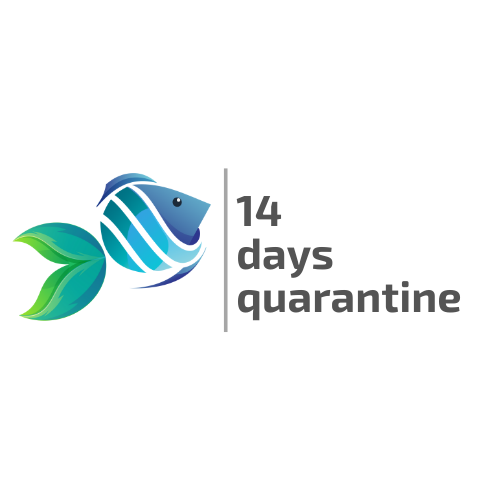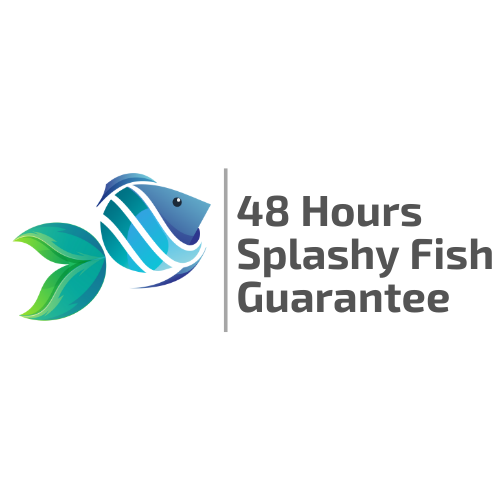Table of Contents
Welcome to the colorful world of Blue Velvet Shrimp! These captivating creatures are not just a feast for the eyes; they also bring a unique charm to any aquarium. With their vibrant blue coloration and graceful movements, Blue Velvet Shrimp offer not only aesthetic appeal but also play a vital role in maintaining a healthy aquatic environment by scavenging for algae and uneaten food. However, providing the right conditions for these delicate shrimp is essential to ensure they thrive and showcase their striking hues. In this ultimate care guide, we’ll explore everything from optimal tank conditions to feeding routines and tank mates, ensuring your Blue Velvet Shrimp not only survive but flourish in your aquarium setup. Whether you’re a seasoned aquarist or just starting your underwater journey, this guide will equip you with the essential tips and tricks needed to create a thriving habitat for your prized shrimp. Let’s dive in and discover how to make your aquarium a haven for these stunning little inhabitants!
What Is Blue Velvet Shrimp?
Blue Velvet Shrimp (Neocaridina davidi var. "Blue Velvet") are a selectively bred color variation of the Cherry Shrimp. They are known for their striking cobalt blue appearance and velvety matte texture, which makes them stand out in any aquascape. These shrimp belong to the Neocaridina genus, which is generally hardy, adaptable, and ideal for beginner shrimp keepers.
The Blue Velvet Shrimp reaches about 1 to 1.5 inches in length and can live for 1 to 2 years under optimal conditions. Their peaceful nature and small bioload make them perfect for nano aquariums and community tanks, provided that their tank mates are shrimp-safe. Because they actively forage for algae, detritus, and biofilm, they contribute significantly to tank cleanliness while offering visual appeal.
They are sometimes confused with other blue-colored shrimp like Blue Dream Shrimp or Blue Jelly Shrimp, but the Blue Velvet is distinguishable by its lighter, more translucent velvet-blue coloration. Let’s see what the differences between them are in the next section!

Distinguish Blue Dream vs Blue Velvet Shrimp
There’s often confusion between Blue Dream Shrimp and Blue Velvet Shrimp, and for good reason—they’re closely related! However, the two have some key differences in color tone and grade.
|
Feature |
Blue Dream Shrimp |
Blue Velvet Shrimp |
|
Color Intensity |
Deep, rich navy blue |
Lighter, sky to cobalt blue |
|
Finish |
Solid, almost metallic |
Matte “velvet” appearance |
|
Lineage |
Higher grade Neocaridina |
Selectively bred from blue cherry shrimp |
|
Popularity |
Often considered premium |
More common and beginner-friendly |
Both types thrive in similar environments, but Blue Dream Shrimp may command a higher price due to their rarity and deeper coloration.
Blue Velvet Shrimp Natural Habitat
In the wild, their ancestors—Neocaridina davidi—originate from the freshwater streams of Taiwan. These habitats are:
- Shallow and slow-moving
- Rich in leaf litter and aquatic plants
- Stable in temperature and slightly alkaline
Although Blue Velvet Shrimp are tank-bred, these freshwater shrimp benefit from a tank environment that mimics their natural conditions: stable temperatures, lush greenery, and clean water.
Create the Ideal Tank for Blue Velvet Shrimp
Tank Size
While Blue Velvet Shrimp can technically live in tanks as small as 2.5 gallons, a 5-gallon minimum is recommended for beginners. A 10-gallon tank or larger is ideal for establishing a thriving colony, maintaining stable parameters, and supporting a diverse ecosystem. A larger volume of water helps buffer against sudden changes in water chemistry, which is crucial for shrimp.
Filter
Use a sponge filter or a hang-on-back filter with a pre-filter sponge. Sponge filters are especially popular because they provide biological filtration and prevent tiny shrimp or baby shrimplets from being sucked into the intake. Filters should create gentle water flow since shrimp prefer calm environments and can be stressed by high currents.
Water Parameters
- pH: 6.8 to 7.5
- Temperature: 72°F to 78°F (22°C to 26°C)
- GH (General Hardness): 6 – 8 dGH
- KH (Carbonate Hardness): 3 – 6 dKH
- TDS (Total Dissolved Solids): 150 – 250 ppm
It’s important to keep parameters stable rather than chasing exact numbers. Use shrimp-specific water conditioners and remineralizers if you're using reverse osmosis water.
Temperature Requirements
Shrimp metabolism is highly temperature-sensitive. Too warm, and they may molt excessively or age quickly. Too cold, and they become sluggish and may stop breeding. Keep your tank temperature within the ideal range, and consider adding a heater if ambient room temperatures fluctuate.
Water Quality Maintenance
Perform 10–20% water changes weekly with dechlorinated water. Always match the temperature of the new water to the tank’s temperature to prevent stress. Avoid overfeeding, which can lead to ammonia spikes. Add live plants to help maintain water quality by absorbing nitrates.
Regularly test for ammonia, nitrite (both should always be 0), and nitrates (should be below 20 ppm). Shrimp are highly sensitive to poor water quality, and sudden changes can be fatal.

What Do Blue Velvet Shrimp Eat?
Blue Velvet Shrimp are omnivorous scavengers that naturally feed on biofilm, algae, and detritus in the tank. A balanced diet enhances their health and promotes rich coloration.
Offer them a variety of shrimp foods, including:
- High-quality shrimp pellets: Like Shrimp Envy, Kats Aquatic, or Hikari Shrimp Cuisine.
- Blanched vegetables: Zucchini, spinach, cucumber, and kale are great choices.
- Protein: Occasional treats like bloodworms or brine shrimp can be provided, but in moderation.
- Natural supplements: Indian almond leaves, cholla wood, and mulberry leaves promote biofilm growth.
Feed small amounts once a day and remove uneaten food after a few hours to prevent water quality issues. Shrimp will spend most of the day grazing, and they don’t need large meals.
Blue Velvet Shrimp Tank Mates and Compatibility
Due to their small size and peaceful nature, Blue Velvet Shrimp do best either in species-only tanks or with carefully selected tank mates. Many community fish see shrimp as food, so avoid aggressive or large species.
Safe Tank Mates:
- Nerite Snails
- Otocinclus Catfish
- Celestial Pearl Danios
- Chili Rasboras
- Pygmy Corydoras
- Other Neocaridina Shrimp (avoid crossbreeding color strains)
Avoid:
- Betta fish
- Gouramis
- Angelfish
- Barbs
- Larger Tetras (e.g., Serpae or Black Skirt Tetras)
If you want to observe natural shrimp behaviors like breeding, foraging, and molting, keeping a shrimp-only tank is the safest option.
Enhance Blue Velvet Shrimp Tank with Aquarium Plants and Decorations
Shrimp thrive in planted tanks with lots of hiding spots and natural surfaces for grazing. Plants and décor not only improve aesthetics but also stabilize water quality and encourage natural behaviors.
Best Aquarium Plants:
- Java Moss or Marimo Moss Balls: Provides hiding spots and excellent biofilm surfaces for baby shrimp.
- Anubias Nana Petite: Hardy, slow-growing, and shrimp-safe.
- Java Fern: Easy to grow and doesn't require substrate.
- Subwassertang: A great moss alternative with dense coverage.
- Bucephalandra: Offers unique textures and surfaces for grazing.
Natural Decor:
- Cholla wood
- Indian almond leaves
- Driftwood
- Shrimp tubes and caves
These materials encourage microbial growth and give shrimp the cover they need, especially when molting or breeding.
Blue Velvet Shrimp Breeding
Breeding Blue Velvet Shrimp is relatively easy in stable conditions.
Breeding Conditions
- Keep water parameters stable
- Provide plenty of cover and moss
- Avoid predator tank mates
- Maintain a shrimp-to-male ratio of about 3:1
Breeding Process
- Females will become visibly saddled (eggs visible behind their head)
- After mating, females carry eggs for 2–3 weeks
- Eggs hatch into fully formed miniature shrimp
There’s no larval stage—just tiny shrimp! No intervention is required if conditions are optimal.
Conclusion
Blue Velvet Shrimp are a stunning and low-maintenance addition to any freshwater aquarium. With their vibrant velvet blue color and peaceful demeanor, they brighten up nano tanks and planted aquariums alike. Whether you're choosing between blue dream vs blue velvet shrimp or looking for the ideal aquatic shrimp for your setup, these captivating creatures are a top choice for both beginners and experienced aquarists.
By maintaining clean water, offering proper nutrition, and providing a safe, plant-rich environment, you’ll ensure your Blue Velvet Shrimp not only survive—but thrive.
If you are considering adding more blue shrimp to enhance your aquarium tank, visit Splashy Fish tropical fish store for high-quality Blue Velvet Shrimp for sale and other Neocaridina shrimp for sale. We ship all around the US and Canada, or you can visit our aquarium store in Virginia for more freshwater fish for sale, live aquarium plants for sale, and aquarium supplies.
Blue Velvet Shrimp Care Frequently Asked Questions (FAQs)
What are the smallest and largest sizes of Blue Velvet Shrimp?
Blue Velvet Shrimp typically range in size from about 0.5 inches (1.2 cm) as juveniles to around 1.5 inches (3.8 cm) as fully grown adults. Most adult shrimp you see in aquariums are approximately 1 inch (2.5 cm) in length. The size they reach can be influenced by genetics, diet, and the overall water quality in their tank. Providing optimal care and stable parameters encourages them to grow to their full potential.
What is the Blue Velvet Shrimp's lifespan?
The average lifespan of a Blue Velvet Shrimp is between 1 to 2 years when kept in a well-maintained aquarium. Factors that affect their lifespan include water quality, diet, temperature, and stress levels from tank mates or inconsistent conditions. Shrimp kept in stable environments with minimal fluctuations in water parameters tend to live longer and have higher reproductive success. Routine care and gentle handling can help you enjoy your shrimp colony for the full duration of their lives.
Can Red Cherry Shrimp breed with Blue Velvet Shrimp?
Yes, Red Cherry Shrimp can breed with Blue Velvet Shrimp because both are color morphs of the same species—Neocaridina davidi. When these two varieties interbreed, their offspring may not retain the vivid red or blue coloration of the parents. Instead, the resulting shrimp are often wild-type in appearance, displaying brown or translucent colors due to mixed genetics. For this reason, many shrimp keepers avoid crossbreeding color variants to preserve the purity and intensity of each line’s coloration.



